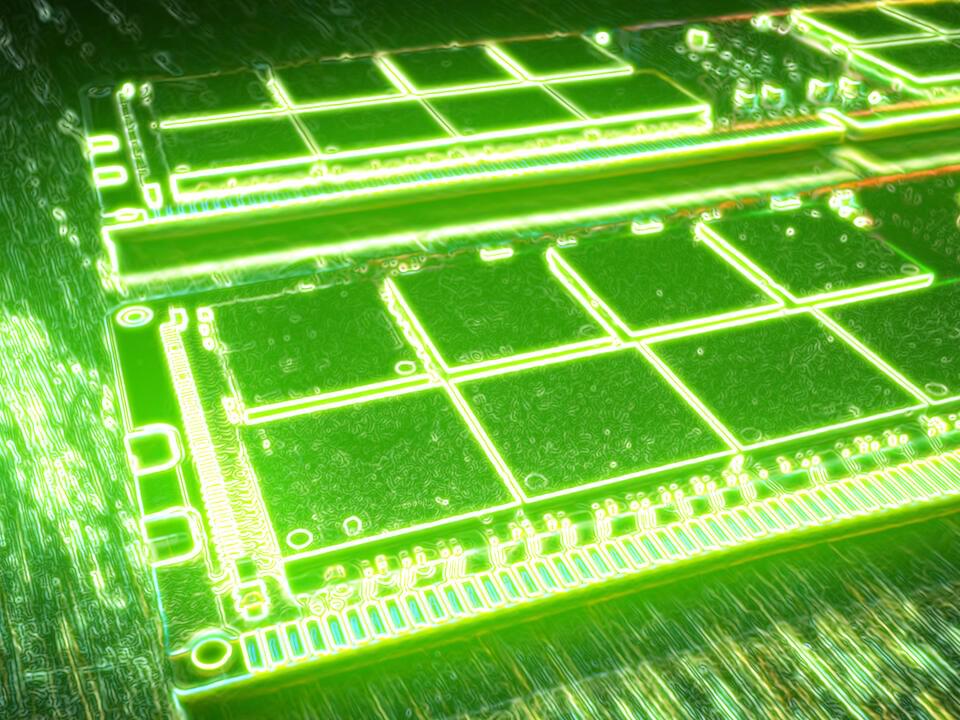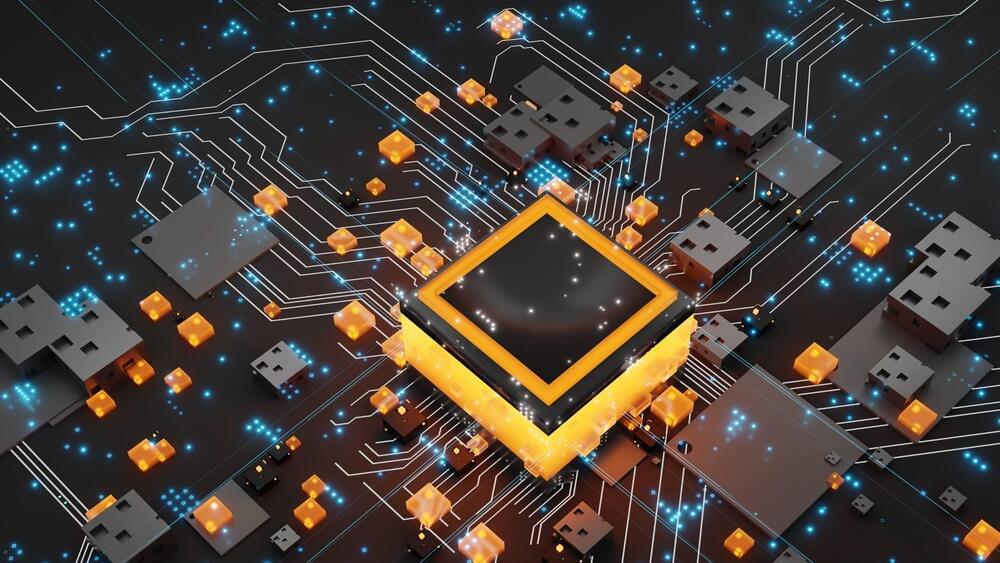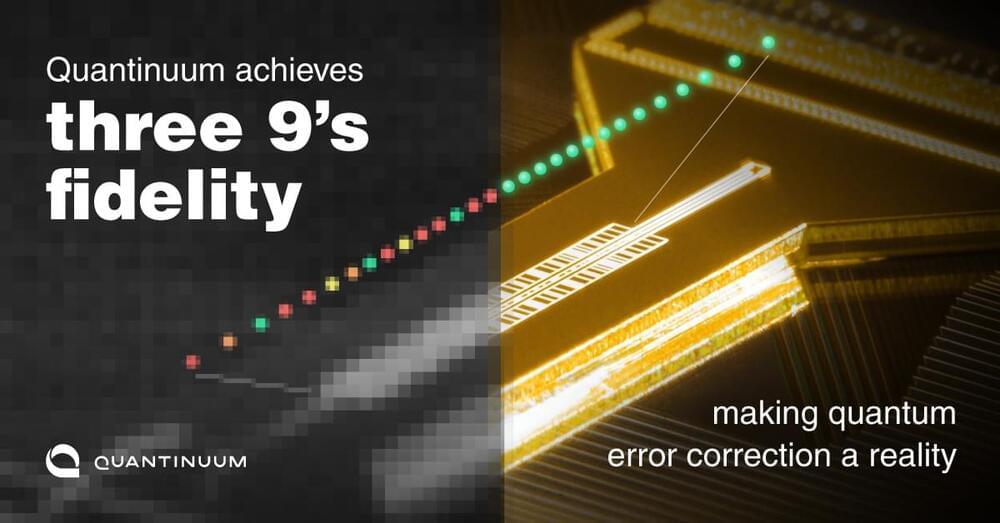Apr 17, 2024
More Than Just Fool’s Gold: Scientists Uncover Hidden Treasure in Pyrite
Posted by Saúl Morales Rodriguéz in categories: computing, sustainability, transportation
There’s a reason airlines won’t let you put your laptop in your checked luggage; the lithium-ion battery poses a serious fire hazard. But why? Lithium is incredibly reactive.
For instance, pure lithium violently interacts with seemingly innocuous water, releasing heat and forming highly flammable hydrogen. This reactivity, however, is exactly why lithium makes a great material for batteries, and why it is a critical mineral for the green energy transition.
Lithium-ion batteries are widely used in electric vehicles. Plus, they can store energy produced by renewable resources like solar and wind.

















